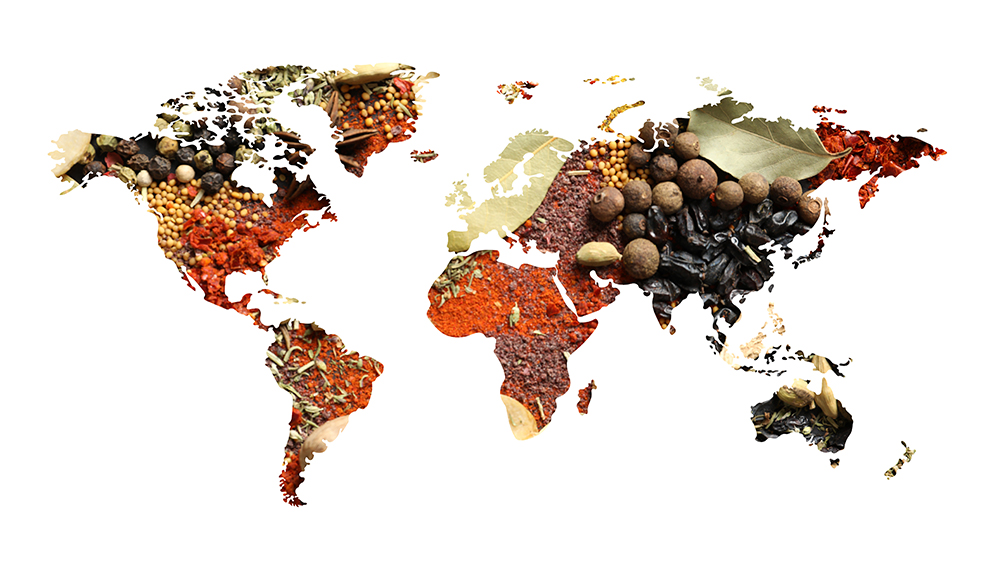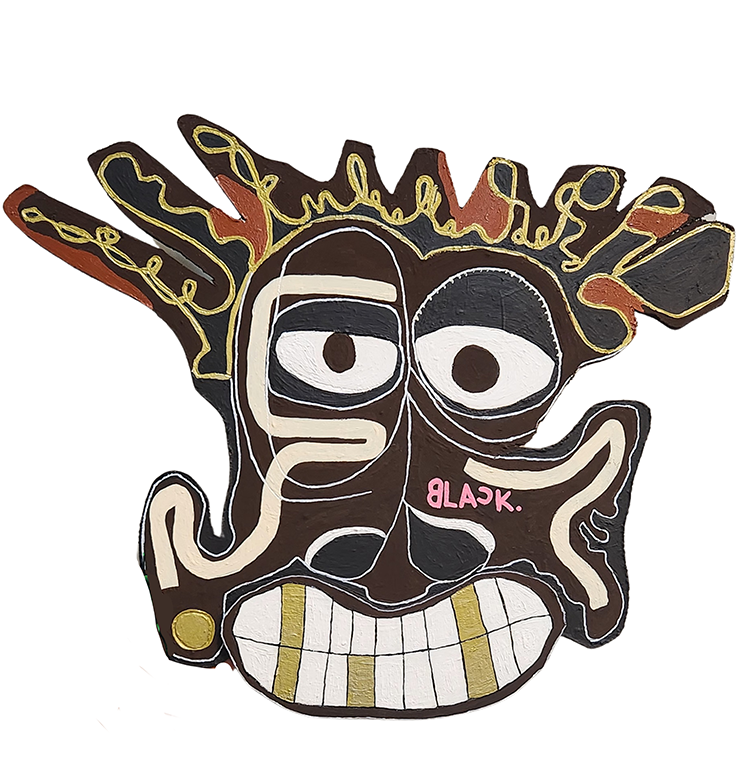Being asked to write about the top ten most popular spices around the world is like being asked to name ten most delicious cuisines around the world. We all love spices, and nothing can be compared to the feeling you get when you smell that sweet, savory aroma emanating from your cooking after having spiced it up.
Just by adding different spices into your meal you can feel an adventurous rush, as the use of spices can easily transport your senses to different places around the world. What makes this more exciting are the lovely colors you get in your meals as a result of that particular ingredient. You may encounter a little problem in your grocery store, however, as the vast array of spices available can leave you a bit confused about the right ones to buy. Many are not aware that most spices lose their nutritional value after six months, and no one wants to waste their money on spices they never use. As a result, we’ve developed this list of the ten most popular international spices to help you decide when you next go shopping.
PAPRIKA: Native to the southern United States, it is also cultivated in parts of Europe, especially in Hungary and Spain. Similar to cumin, it has a savory taste, sweet aroma, and tantalizes the taste buds of umami flavor lovers. Paprika is available in smoked/strong or sweet/mild varieties and has an attractive red color. While it is well used in Hungarian dishes like goulash and paprikash, in India, paprika is mostly used in tandoori dishes and can also be found in some Italian vegan sausages.
RED CHILI FLAKES: Also known as red pepper flakes or crushed red pepper, it is native to India. You might be familiar with this unique spice as it is mostly available in pizza places and Italian restaurants. It is made from a blend of a variety of peppers like bell, cayenne, and ancho. Unlike fresh chilies that have sweetness and heat, red chili flakes are hot and smoky.
You need to be cautious when red chili flakes to your dishes, as you need only a little quantity to add heat to it. It is an excellent alternative in the absence of fresh chili pepper when preparing a spicy Mexican or Indian meal.
CUMIN: This favorite spice is native to some regions in the Middle East and parts of eastern India. It is used in a lot of spicy dishes across the Middle East, Mexico, India, Portugal, and Spain. Cumin can easily be found in most rich spice blends, Spanish/Latin blends, and curry powder blends. It has a slightly bitter taste plus a savory and pungent flavor. It adds warmth to casseroles, Spanish rice, enchiladas, as well as adding more flavor to Indian or Moroccan dishes such as tofu in lemon olive sauce and tempeh in spicy onion curry.
GARAM MASALA: This favorite blend of spices is also native to India. This exciting and exciting aromatic spice blend is said to always to boost your mood, no matter how down you might feel, as it increases your temperature.
Garam (meaning hot) Masala (meaning spice blend) has a beautiful scent of warm toasted spices, the result of a blend that often includes cinnamon, mustard seeds, mace, cloves, bay leaves, coriander, fenugreek, and black peppercorns. A versatile blend, it can be used for anything from spicing up your coleslaw or brown rice to use in preparing desserts.
CHINESE 5-SPICE POWDER: With a heavenly aroma, Chinese 5-spice powder is a blend of different spices native to China. It comes in different varieties and is a staple spice in almost every Chinese dish. A blend of Szechwan peppers, fennel, cloves, star anise, and cinnamon, it can be added to Moo Shu vegetables, chickpea scallion pancakes, or to your ketchup to give it an Asian touch.
CURRY POWDER: Native to the Indian sub-continent, this spice blend can vary greatly depending on the recipe used. However, this depends on the type you make or buy. Most curry powder recipes include coriander, turmeric, cumin, fenugreek, and chili peppers; however, varieties can also contain ginger, cardamom, clove, garlic, and a host of other spices. As a result, curry powder can range from very spicy to mild, and are used to deepen and enhance the flavors of dishes in an array of cultures around the world.
GINGER: Ginger is native to China and India, but has become a staple spice in almost every home around the world. It is available not only as a fresh root, but also in powdered, pickled, candied, and crystalized forms. Ginger is used in the production of some soft drinks, smoothies, teas, beverages or beer, but also comes in handy when baking, adding a warm and peppery aroma and unique flavor to baked goods. As an essential ingredient in Chinese medicine, many use ginger in their daily meals to benefit from its anti-inflammatory properties, as well as to relieve nausea.
TURMERIC: An ancient spice originating in Southeast Asia, turmeric is now widely accepted across different regions and cultures. Ground turmeric is popular amongst Moroccan and Indian dishes as a component of curry powder, giving dishes its distinctive yellow color. It is also used in coloring many different foods, from butter and cheeses to condiments and broths, as well as fabrics; it is even used in Hindu and Muslim wedding celebrations. Turmeric has an earthy smell and is aromatic and warm, although in can impart a slightly bitter taste when overused. Besides being used in our everyday meals, many cultures use turmeric in their medicines as well.
FENNEL: Indigenous to the Mediterranean, this ancient spice is well known to the Romans and Greeks. It has a similar aromatic scent and flavor to licorice and is a component curry powder and Chinese 5-spice powder, as well as some liquors. Besides its use in the foods of many Asian and Middle Eastern cultures, fennel is also used in Italian cuisine as the primary flavoring in Italian sausage, as well as many vegan sauces.
ALLSPICE: Even though it sounds like a mixture of many spices, allspice is the dried fruit of just one plant, with a fragrance that combines the aromas of cloves, nutmeg, and cinnamon. Allspice comes from berries and is native to south/central America. Although popularly cultivated in Mexico, many say that that the best allspice comes from Jamaica, as it is one of the primary seasonings in Caribbean cuisine. Allspice is used in baking, marinades, mulling spices, and jerk dishes, and is an excellent alternative to cinnamon, cloves or nutmeg.
Are you feeling like experimenting with some international flavor in your dishes? Try using any of the spices as mentioned above in your cooking and have a taste of the richness in natural spices the world has to offer.






